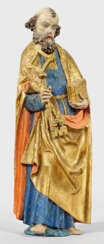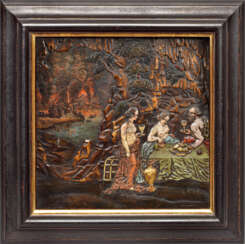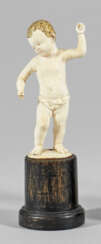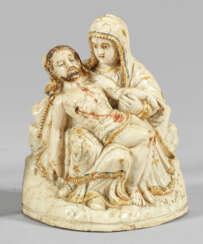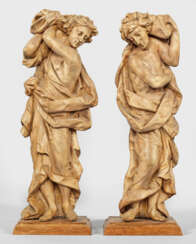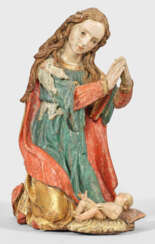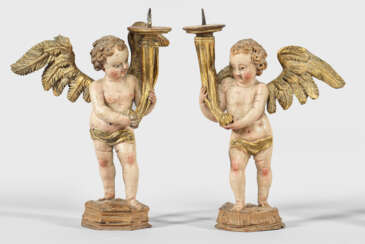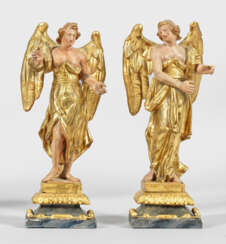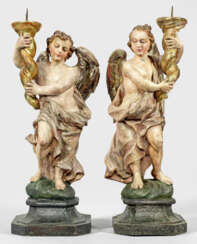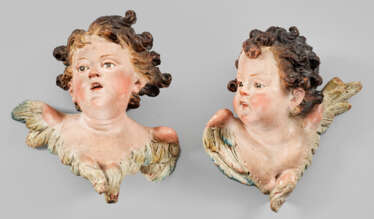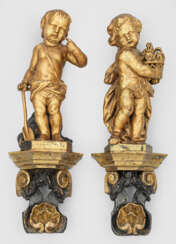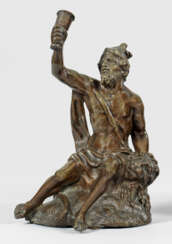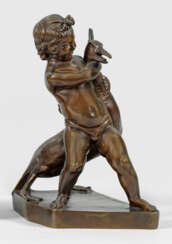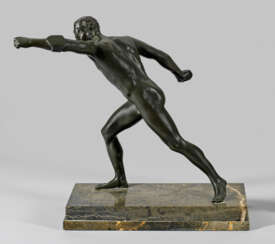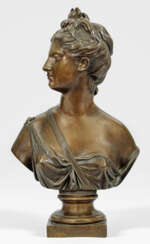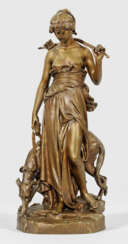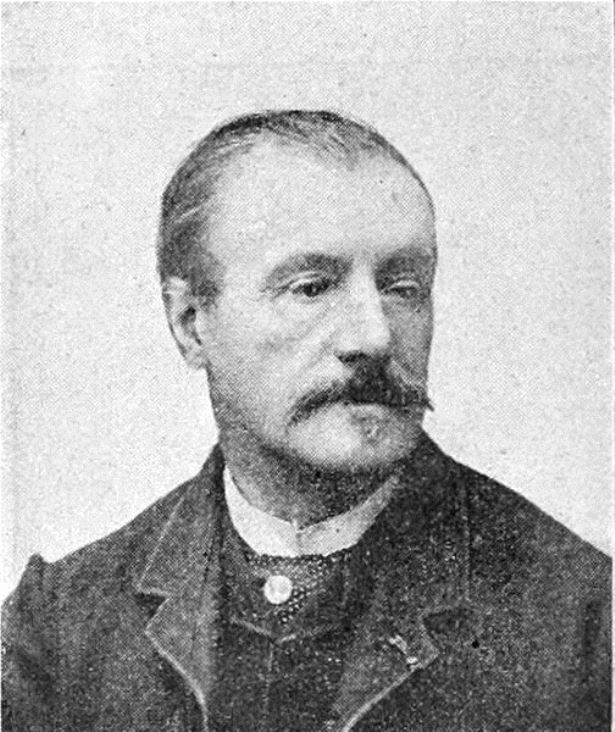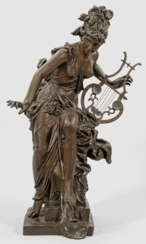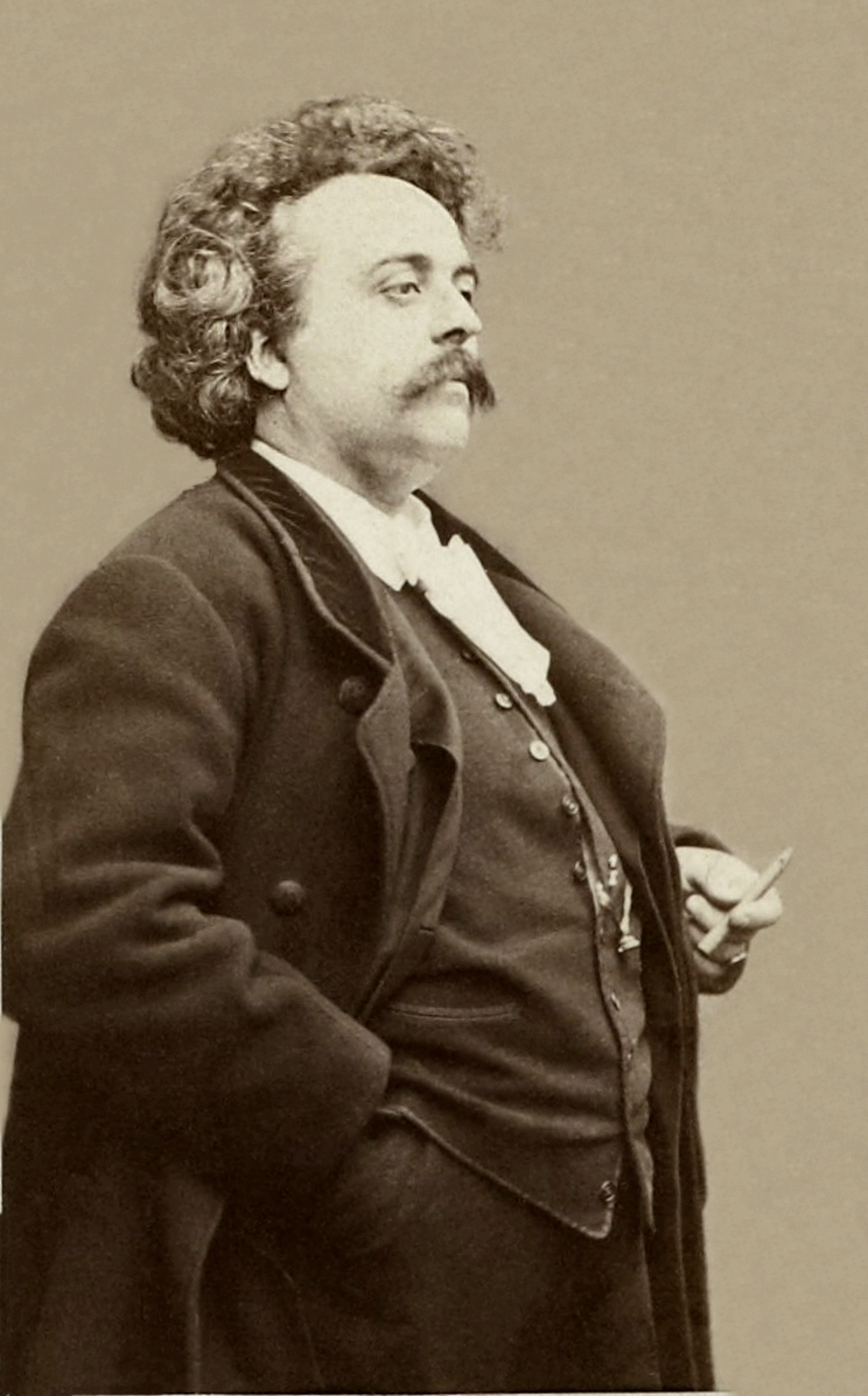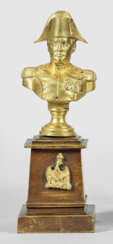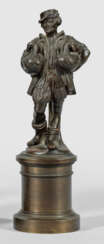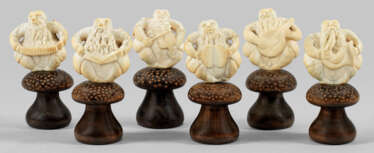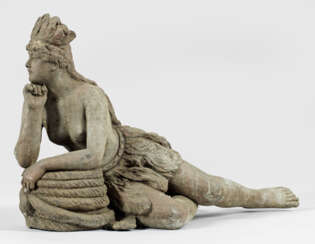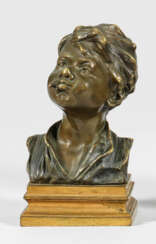
Figures and sculptures — 190. Internationale Kunstauktion - Teil IV
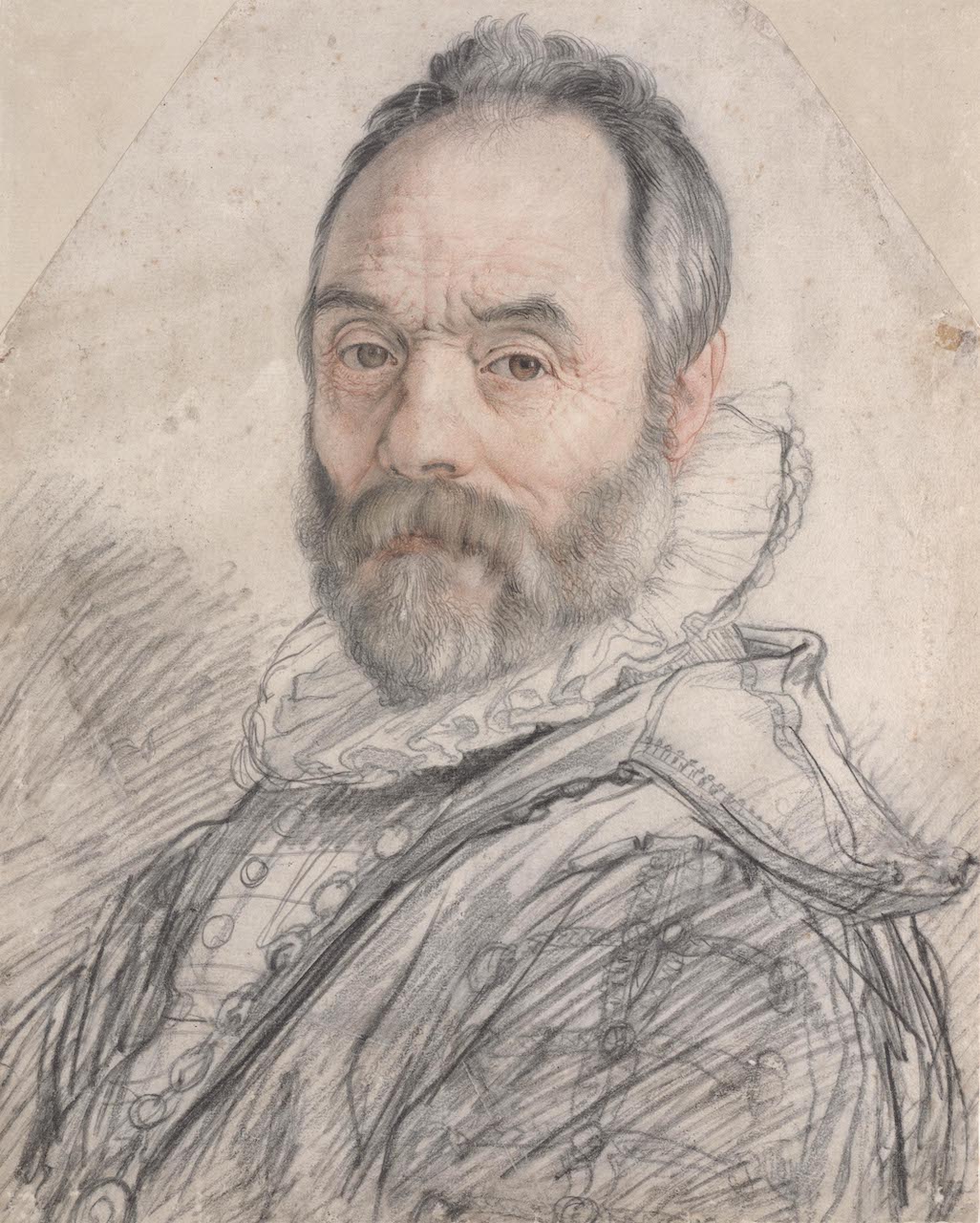
Giovanni da Bologna, also known as Jean de Boulogne (French), Giambologna (Italian), Fiammingo (Italian) and Jehan Boulongne (Flemish), was the last significant Italian Renaissance sculptor, with a large workshop producing large and small works in bronze and marble in a late Mannerist style.
,_by_Johann_Baptist_II_Lampi.jpg)
Antonio Canova was an Italian sculptor of the late 18th and early 19th centuries. He is known as a bright representative of neoclassicism in European fine art. Canova was a follower of traditions of artists of antiquity and Renaissance. Among admirers of his creativity there were many representatives of ruling dynasties of Europe.
Antonio Canova himself created more than 50 statues, and together with his assistants - about 180 works. He gained influential patrons and had a reputation as the most important European sculptor of his time. Among his customers was Napoleon Bonaparte, whose statue Canova carved from marble, depicting the emperor as Mars.
Most of Canova's works today decorate the expositions of the world's leading museums, such as the halls of the Louvre and the Hermitage.

Jean-Antoine Houdon was a French sculptor of the late 18th and early 19th centuries. He is known as a master of portrait sculptures. While gravitating toward naturalism and classicism, Houdon remained a faithful follower of an elegant style intended for the rich salons and royal palaces. Houdon's work is considered the crowning glory of the Rococo style. His biography is closely intertwined with the end of the Enlightenment, the Napoleonic Wars, and the French Revolution.
Jean-Antoine Houdon was famous for his subtle understanding of the dynamics of the human body. In each work, he tried to convey not only the individual traits but also the character of the character. His desire for naturalism, authenticity, allowed the author to create works that to this day are considered the benchmark for teaching plastic anatomy.
Among Houdon's most famous sculptures are Bust of Catherine II and Voltaire Seated in an Armchair. The statue of the French thinker was commissioned by the Russian Empress Catherine II, with whom he was personally acquainted.
